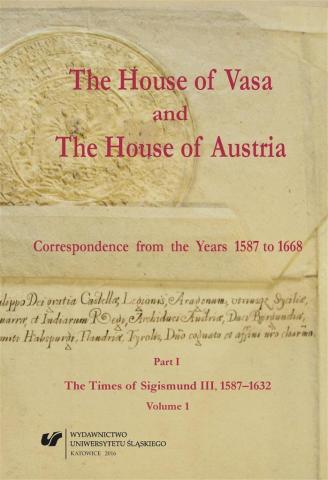
The House of Austria and the House of Vasa controlled a vast share of the European continent in the 16th and 17th centuries. Either dynasty was divided into two branches. Habsburgs operated through two courts: in Vienna and Madrid, and the Vasas - through the courts in Stockholm and Cracow/Warsaw. The House of Austria ruled not only the Empire and Iberian kingdoms but also the Kingdom of Hungary and the Kingdom of Bohemia, the Netherlands, a large share of the Northern Italy, and the Kingdom of Naples. In turn, the House of Vasa ruled Intermarum, a large expanse in Central Europe from the Baltic Sea to the Black Sea, covering Sweden, Finland, Estonia, and the Kingdom of Poland with the Great Duchy of Lithuania. Throughout that time, falling back on the heritage of Charles V Empire and commitment to the Catholic religion, the two houses of Habsburgs shared dynastic loyalty, which reached its apogee during the Thirty Years' War (1618-1648). Although following the War of Succession, the Habsburgs were to lose the throne of Spain, their reign in Vienna lasted until the First World War. The history of the House of Vasa followed an entirely different course: Sigismund III, a grandson of the founder of the dynasty, Gustav I, and a Jagiellonian on the distaff side was elected king of Poland and Grand Duke of Lithuania in 1587. In 1592, Sigismund III, after the death of his father John III reached for the Swedish crown, yet lost it to his paternal uncle Charles, Duke of Sdermanlad seven years later. The two branches of the dynasty - the Swedish and the Polish - entered a permanent war and found themselves in the opposing political and religious blocs. The throne in Stockholm was inherited, while the one in Cracow depended on the preferences of the nobility of the Polish-Lithuanian state, who elected the rulers. The reign of the House of Vasa ended both in Sweden and Poland in abdications of the last representatives of the family: Christina in 1654 and John Casimir in 1668.(...)